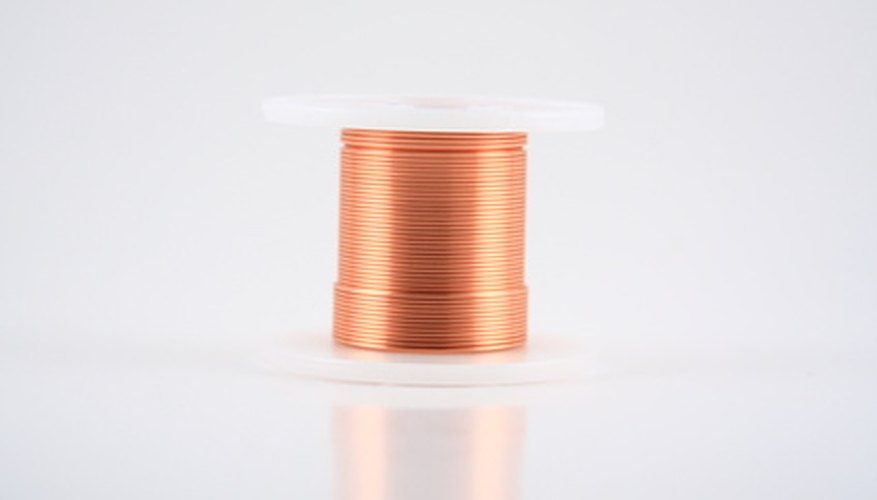An inductor is basically just a coil of wire. The inductance of an inductor is a measure of its ability to store energy in the form of a magnetic field; when the current in the coil changes, it follows from Lenz's Law that the magnetic field will induce motion of charges in such a way that it will resist change in the current. The inductance is equal to the electromotive force or EMF per unit of rate of change of current. Inductance is measured using a unit called the Henry or H.
- An inductor is basically just a coil of wire.
- The inductance is equal to the electromotive force or EMF per unit of rate of change of current.
Measure the length of the coil of wire in meters or centimetres. It's important to use metric units, since the Henry is based on the metric system.
Determine how many turns there are in the coil -- i.e. how many times the wire is coiled.
Calculate the cross-sectional area of the wire coil by measuring its radius and plugging this into the formula π*r squared.
Calculate the inductance using the following formula: Inductance = µ (N squared) A / length, where N is the number of turns in the coil, A is the cross-sectional area of the coil, and length is the length of the coil. µ (or "mu") is a constant called the vacuum permeability constant and has the value 4π x 10 to the -7 H/m.
TIP
The Henry is a very large unit. Most coils have inductances measured in millihenries or mH.
WARNING
If you find an answer that's much larger (or much smaller) than you expected, double-check your calculations. The most common error is to use the wrong units. Make sure you convert your length to meters and your cross-sectional area to square meters before you calculate inductance.
